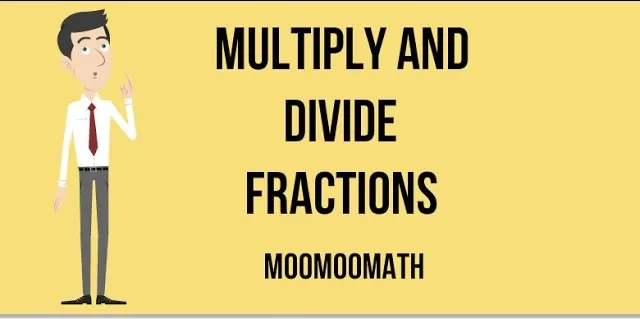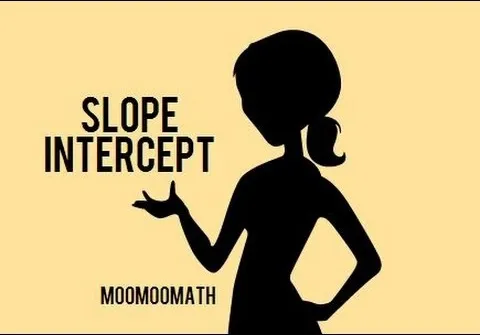In this video you can learn how to solve linear inequalities. Understand the basics of inequalities and linear equations. In an inequality, we say that that one number is greater than (>) another number or less than (<) another. On occasion we say that something is greater than or equal to, or less than or equal to. In a basic linear equation, we solve for the variable of x by subtracting the value from the opposite side or the = sign. Start by writing your equation on a sheet of paper. It will look something like this:x + 2 > 6In this equation we will be solving for x. We want to know what x is greater than (>). We know this because the open side of the inequality is facing the number that will be the greatest of the two. Pretend that the inequality sign--in this case the > sign--is an = sign for the time being. When you do this, the original equation looks just like a traditional linear equation. The new form of the equation would be written as:x + 2 = 6. Solve for x by subtracting 2 from both sides of the = sign. It looks like this:x + 2 - 2 = 6 - 2Completing this equation, we find that the 2s on the left side cancel each other out, and the subtraction of 2 from the 6 on the right side of give us 4:x = 4. Convert it back into an inequality. In Step 3 we exchanged the > for the = sign to make the equation look like a traditional linear equation, but now it must be turned back into an inequality. Do this by dropping the = and replacing it with the >. From this we now know that x does not equal for but that:x > 4 (x is greater than 4)For this equation, x can be any number that is larger than 4, so x could be 5, 6, 7 and so on.
Apple's iOS 26 and iPadOS 26 updates are packed with new features, and you can try them before almost everyone else. First, check Gadget Hacks' list of supported iPhone and iPad models, then follow the step-by-step guide to install the iOS/iPadOS 26 beta — no paid developer account required.
























Comments
Be the first, drop a comment!